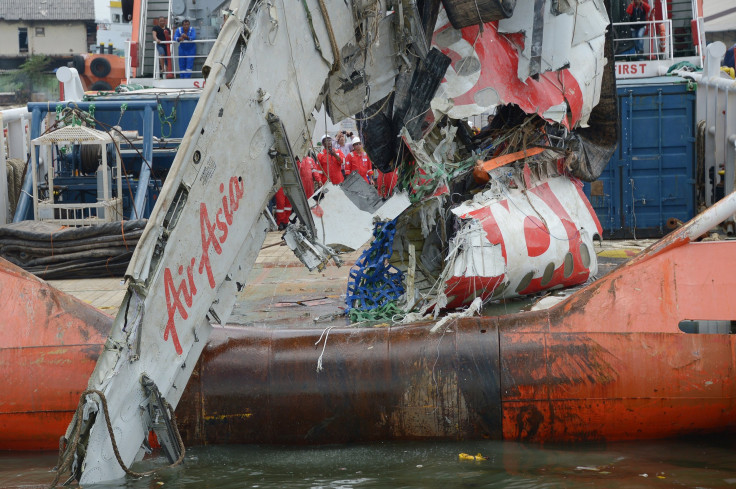AirAsia Flight 8501 Update: Rudder Control System Malfunction, Subsequent Crew Action Led To Crash

UPDATE: 3:50 a.m. EST -- AirAsia Chief Tony Fernandes responded to the final report Tuesday on the AirAsia Flight 8501 crash, expressing his thoughts and prayers for the families of the 162 victims.
Indonesia's official National Transportation Safety Committee reportedly said Tuesday that pilots pulled circuit-breakers on one of the aircraft's computers after a malfunction sent repeated warning messages. In a bid to reset the faulty system the pilots removed power from it, but ended up turning the plane’s autopilot off, leading to the crash.
The plane went into a "prolonged stall condition that was beyond the capability of the crew to recover," the findings reportedly said.
These are scars that are left on me forever but I remain committed to make Airasia the very best. We owe it to the families and my crew.
— Tony Fernandes (@tonyfernandes) December 1, 2015There is much to be learned here for Airasia, the manufacturer and the aviation@ industry. We will not leave (cont) https://t.co/CpqbTh8DWE
— Tony Fernandes (@tonyfernandes) December 1, 2015My heart and deep sorrow goes out to all the families involved in QZ8501.
— Tony Fernandes (@tonyfernandes) December 1, 2015Original story:
Indonesian investigators said Tuesday that a fault with the plane's rudder control system and subsequent actions of the crew caused AirAsia Flight 8501 to crash into the Java Sea last year, killing all 162 people on board, according to media reports. Authorities reportedly ruled that weather conditions did not play a role in the plane’s stalling.
Indonesia's National Transportation Safety Committee said that AirAsia Flight 8501 suffered four rounds of technical problems. The pilots of the Airbus A320-200 reportedly disengaged the autopilot in bad weather in a bid to fix a fault in the rudder system. Authorities also reportedly said that the plane's flight-control computer, which had a defected solder joint, malfunctioned four times during the flight.
"Subsequent flight crew action resulted in inability to control the aircraft ... causing the aircraft to depart from the normal flight envelope and enter a prolonged stall condition that was beyond the capability of the flight crew to recover," the national transport safety committee said, in a statement, according to Reuters.
The AirAsia plane was on its way to Singapore from Surabaya, Indonesia, when it crashed on Dec. 28, 2014, less than halfway into a two-hour flight. In January, Indonesia's transport minister said, citing radar data, that the plane made an abnormally steep climb before stalling and crashing into the Java Sea.
© Copyright IBTimes 2024. All rights reserved.





















